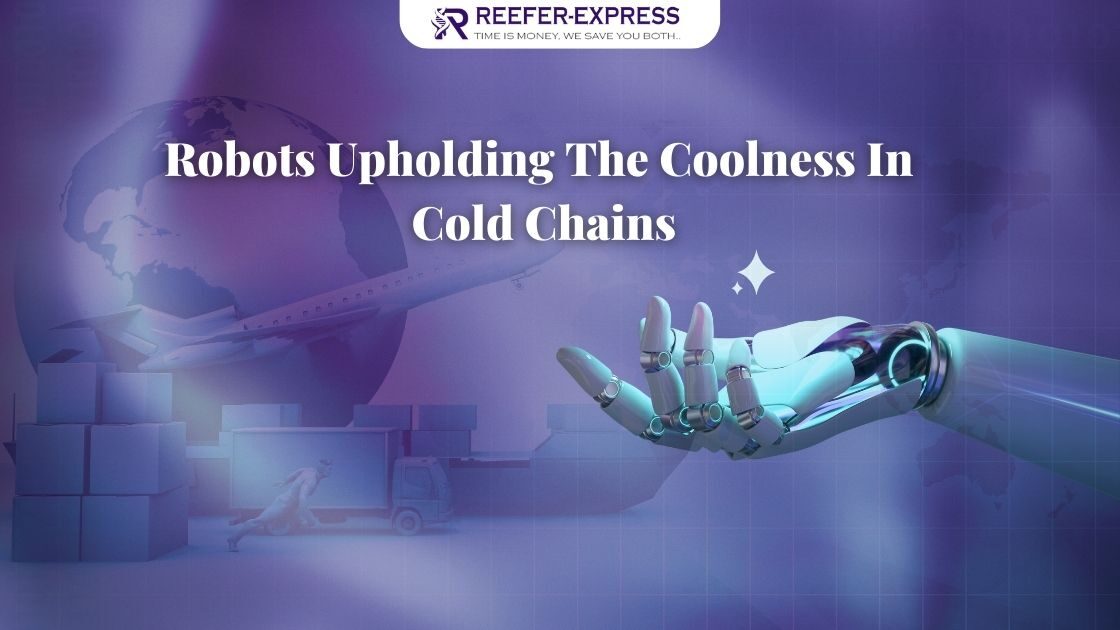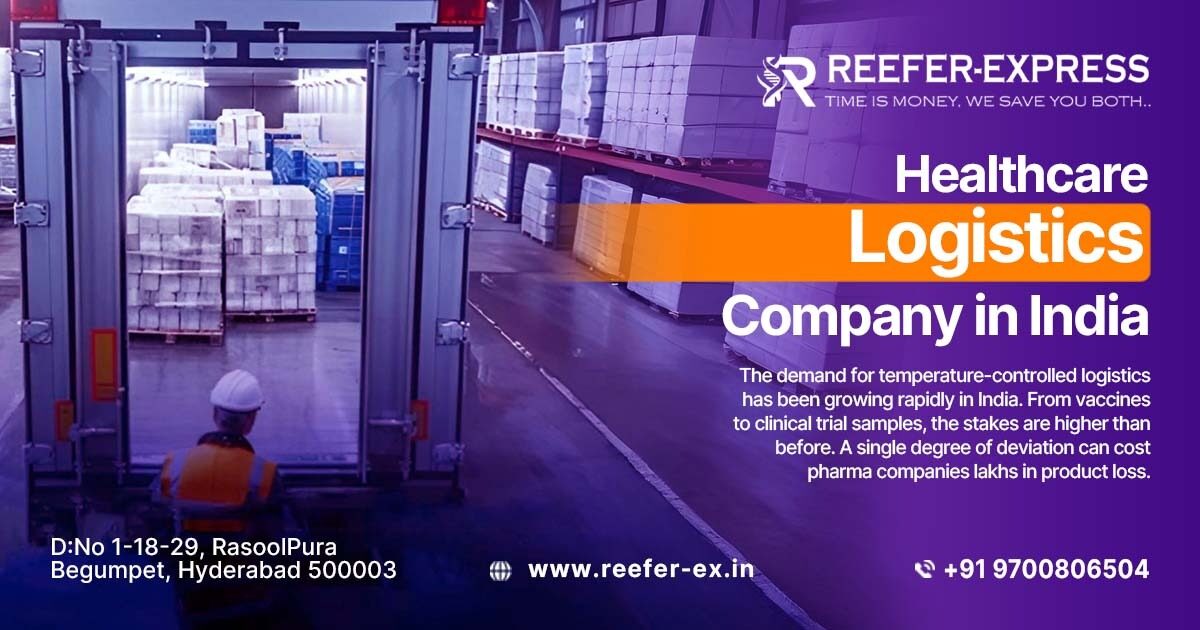The use of cold chains to safely transport food and medical supplies has become more important than ever before due to the recent worldwide pandemic that swept through humans like wildfire.
In order for products from these outbreaks to continue being produced, it is essential they reach their destination quickly so people can consume them or receive care without delays caused by transportation issues. Businesses are taking note-especially those who sell fresh produce at high volumes such as tomatoes which only last about 90 days when refrigerated but less if left out on display.
Global Cold Chain Supply
The pharmaceutical industry is a major player in the global cold chain market, with valued at $182.5 billion and expected to grow by 13%. This steady increase comes from their consistent quality throughout every stage – manufacturing all the way through dispensing medications without any disruption or variation along its path.
The biopharma industry is estimated to lose $35 billion annually due in part to failures during supply chain logistics. This includes everything from improper storage temperatures and transportation issues, which can lead directly or indirectly into the hands of consumers who don’t get their medicines when they should be able to!
1. Complexities of Cold Chain
The cold chain ecosystem is a complex network that brings with it an assortment of challenges, but at this moment in time, the industry faces shortages for refrigerated capacity and often lacks supply-chain visibility. Transporting biological goods or pharmaceuticals requires special attention since these items are often time and temperature-sensitive.
A delicate balance is needed to make sure products maintain their stability, which can be easily disturbed if any steps along the way are not executed flawlessly. The lack of proper planning can cause significant delays that impact every party involved – from the manufacturers who need to produce more inventory to the retailers who are waiting for their merchandise to arrive so they can sell it.
The future of healthcare is robots
The global surge in vaccine distribution has highlighted the challenges faced by countries that are struggling to keep up with demand. According to an article from The World Health Organization, 50% off vaccines were wasted due to a lack of infrastructure preparation which led to immense problems such as insufficient supply and higher prices for people’s health care services across developing areas.
2. Upgrading cold chains with automation
The latest in technology has allowed for the automation of cold chains, cutting down on time-consuming tasks that would otherwise need human intervention. These innovative robots are equipped with artificial intelligence and sensors which enable them to perform complicated operations without any difficulty whatsoever!
Robots are being used more frequently to store, distribute and dispense vaccines in a variety of settings such as hospitals, pharmacies, and even people’s homes. These machines can be operated by anyone with basic training which makes them perfect for locations that are understaffed or lack the necessary personnel to constantly tend to these duties.
One example is Sanofi Pasteur’s vaccine storage and distribution center in France which has been using an Automated Storage and Retrieval System (ASRS) since 2016. The installation of this robotic solution helped contribute to a 25% reduction in time needed to retrieve products and an increase in accuracy rates from 98.5% to 99.9%.
3. Improving safety standards
In severe conditions like those found in a cold chain environment, employees need ample protective equipment and regular breaks to avoid health risks. With limitations on how long they can spend working at sub-zero temperatures comes the risk of workplace accidents due largely because it’s difficult for people who have been out there too long without any kind of support from technology such as sensors that detect when things start getting too hot or chilly inside their clothing – this way you’ll know before your customer does!
As companies rely more and more on robots, the need for efficiency is at an all-time high. The iFollow Autonomous Mobile Robotic System (AMRS) can streamline manual processes by efficiently automating them with little to no human intervention needed in order to maintain steady workflow throughout a variety of climates from -25° Celsius down to +40 degrees Fahrenheit!
4. Increasing speed and efficiency
In response to the quickly changing needs and demands of international customers, cold storage facilities need efficient robots that can produce goods at an impressive speed. Some of the latest machines are now able to pick and pack orders three times faster than their human counterparts while also making fewer errors in the process.
Not only do these new technologies save time, but they can also help reduce labor costs associated with having extra staff on hand to manage large seasonal fluctuations in demand. In some cases, it’s even possible to fully automate the distribution center – from vaccination storage and transportation all the way to delivery!
5. Reducing Product Waste
Robots are finally taking on the task of filling, capsizing, and sealing sterile pre-filled syringes. The benchtop robot is helping reduce costs in pharmaceutical markets by preventing overfilling with medication as well as minimizing contamination from human hands tampering during the production process. The machine is also equipped with an end-of-line camera that can detect any missing components in the final product.
6. Meeting the need for cold storage
The cold chain is the lifeblood of many industries. It ensures your products stay safe and deliverable from when they leave you until they arrive at their destination, but what happens if a company has trouble managing it? The end-toothier demand means that more companies will need excellent logistics capabilities in order to keep up with all waste management regulations – which also increase every year!
One way to get ahead of the curve is to automate as much of your cold chain operation as possible. This means using machines that can maintain consistent temperatures and humidity levels, as well as track and record data throughout the process. Automation will not only help you meet current regulations but future-proof your business against any new ones that may come
With the help of robots and automation, cold chain facilities can meet their internal needs while continuing to strive for higher expectations.
Conclusion
Robots are becoming increasingly commonplace in different aspects of society, and their role in the cold chain is no exception. As the world looks to improve its infrastructure and increase its vaccine distribution capabilities, robots are becoming an increasingly attractive option for many companies. These machines offer a number of advantages including increased speed, efficiency, accuracy, and safety. In addition, they require little to no training which makes them perfect for understaffed or remote locations. As the technology continues to develop, it’s likely that we will see even more widespread adoption of these machines in the years to come.
Cold Chain Storage By Reefer Express
Reefer Express is a proud provider of cold chain storage solutions. We offer a variety of services that can help you maintain the quality of your products, including temperature-controlled storage, humidity-controlled storage, and more. Contact us today to learn more about how we can help you keep your products safe and sound!






